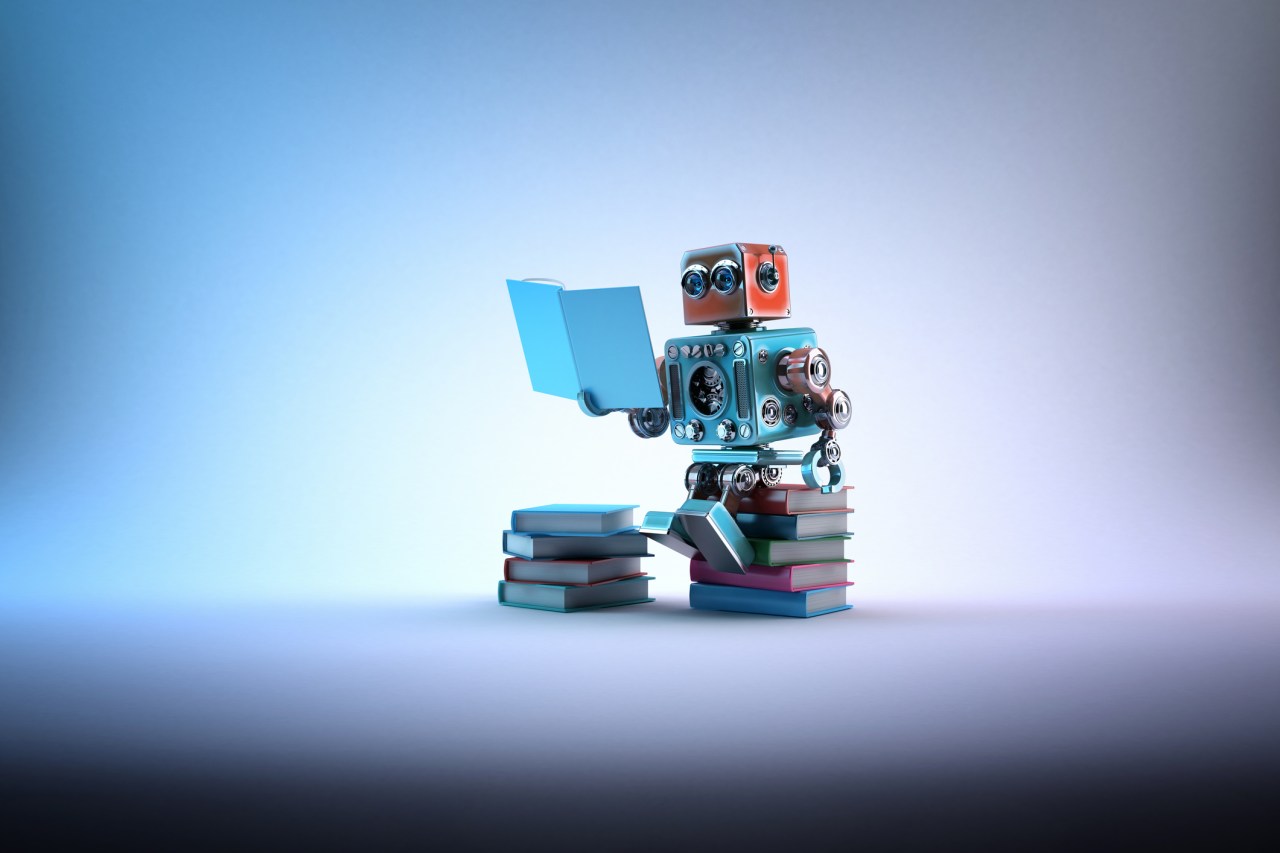The robotics landscape in 2023 is more dynamic than ever, with innovations in generative AI and humanoid design taking center stage. To understand the current trends and the trajectory of this field, I connected with top experts from prestigious institutions like CMU, UC Berkeley, Meta, Nvidia, Boston Dynamics, and the Toyota Research Institute. Their insights paint a vivid picture of how advancements in AI are reshaping robotics and setting the stage for the future. Let’s dive into some of the key takeaways and explore the exciting developments on the horizon.
The Rise of Generative AI in Robotics
Generative AI is not merely an enhancement but a transformative force in robotics. Different experts highlighted the potential of this technology to redefine how robots learn and interact with their environments. For instance, Matthew Johnson-Roberson from CMU pointed out that generative AI enables robots to generalize across tasks, allowing them to adapt to new environments effectively. This capability not only enhances their autonomy but also reinforces their ability to learn and evolve with minimal human intervention.
Russ Tedrake from TRI elaborated on the implications of connecting robots to internet-scale language and image data. The potential for robots to understand and reason about the world in a manner that mirrors human cognitive processes is groundbreaking. However, he emphasized that while we are in the early stages of this technological evolution, there remains a significant gap to bridge before robots become truly versatile.
The Evolution of Humanoid Robots
Humanoid robots have long captivated imaginations, but their practical application raises questions about efficiency and design. Ken Goldberg from UC Berkeley expressed his initial skepticism regarding the humanoid form factor, citing its inefficiency for certain tasks. Yet, witnessing advances from companies like Boston Dynamics led him to reconsider their potential in navigating environments designed for humans.
- Deepu Talla of Nvidia noted the complexities involved in designing humanoid robots, particularly concerning environment understanding and task execution.
- Aaron Saunders from Boston Dynamics reminded us that while humanoids are exciting, they are not always the best choice for every task. Custom robots often outperform human-like forms in specialized roles.
- Max Bajracharya from TRI argues that robots must be compact and capable of human-like tasks rather than strictly adhering to a humanoid design, emphasizing the need for versatility in form.
The Broadening Horizons of Robotics Applications
As we gaze into the future, the applications for robotics are expanding beyond traditional manufacturing and logistics. Experts agree on the vast potential of robotics in sectors like agriculture and healthcare, where challenges such as labor shortages can benefit from automation. Matthew Johnson-Roberson highlighted the agricultural domain as ripe for innovation, with robots addressing efficiency and sustainability concerns.
Moreover, Aaron Saunders echoed this by emphasizing how the robust demand for skilled labor in construction and healthcare will likely drive the next wave of robotic adoption, as manual labor becomes increasingly scarce.
Preparing for the Next Generation of Home Robotics
While industrial applications garner much attention, the dream of having multifaceted robots in homes is closer to reality than we might think. Experts like Deepu Talla discussed the importance of intuitive interfaces for consumer acceptance. As robots become smarter and capable of more nuanced tasks, the challenge remains in pricing and ensuring that these devices deliver acceptable value.
- Consumers are already familiar with devices like vacuum robots; consequently, the continuation of this trend helps pave the way for more advanced home assistants.
- Ken Goldberg predicts that within the next decade, affordable home robots capable of decluttering may become mainstream, improving daily life for many.
Conclusion: A Future Steeped in Robotics Innovation
The insights from industry leaders underscore that while we are making staggering progress in robotics, the journey towards creating truly general-purpose robots is still underway. As we continue to integrate generative AI in robotic systems, the possibilities for growth, adaptability, and functionality are limitless.
At fxis.ai, we believe that such advancements are crucial for the future of AI, as they enable more comprehensive and effective solutions. Our team is continually exploring new methodologies to push the envelope in artificial intelligence, ensuring that our clients benefit from the latest technological innovations.
For more insights, updates, or to collaborate on AI development projects, stay connected with fxis.ai.

